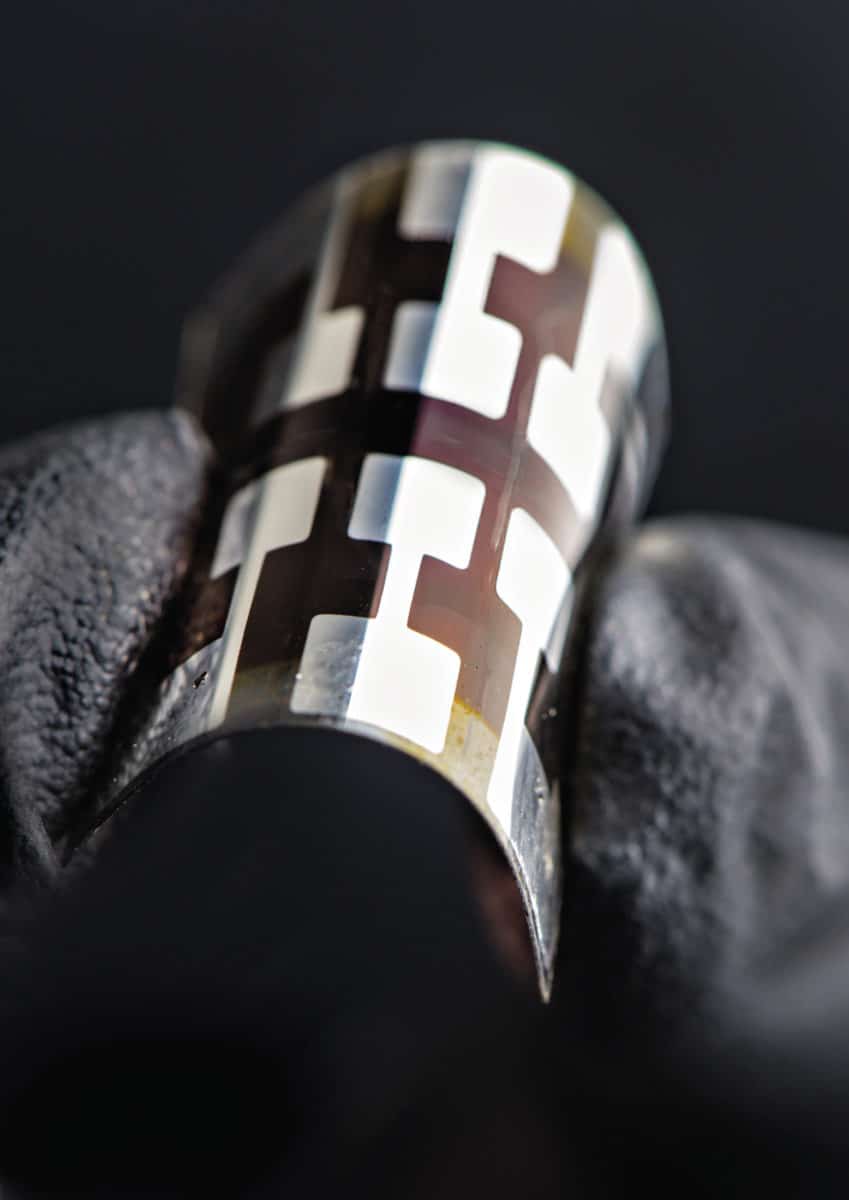An international team of scientists has created a new database that includes all of the most important performance parameters of what they call “emerging photovoltaics.”
These technologies include new high bandgap technologies such as perovskite, organic, and dye-sensitized solar cells. The new platform – developed by researchers from Germany, Mexico, China, Saudi Arabia, Australia, South Korea, Singapore, Turkey, the Netherlands, and the United States – summarizes the best research on such PV cells.
There are other PV efficiency databases, such as the Solar Cell Efficiency Tables, developed by Professor Martin Green at the University of New South Wales, and the Best Research‐Cell Efficiency Chart, which is managed by the U.S. Department of Energy's National Renewable Energy Laboratory (NREL). But the new database looks at emerging technologies for grid-connected applications, as well as tech that can be integrated into buildings, greenhouses, airplanes, sails, automobiles, materials, and indoor applications.
“Some of these applications must sacrifice power conversion efficiency in order to obtain added functionality such as flexibility, low weight or transparency,” the scientists said.
To be included in the database, reports on emerging PV technologies must comply with selection guidelines. These include expectations regarding the quality of the data provided by scientists, the parameters used to ascertain cell efficiency and stability, and the methodologies that are used.
“Some debate is to be expected regarding our inclusion criteria and methods,” the group said. “For instance, we neglect the evaluation of metrics for analyzing best achievements for low cost and environmentally friendly devices.”
Popular content
The group's work also includes research on the best flexible solar cells. The scientists have noted the competition between perovskite solar cells and established technologies such as copper, indium, gallium, and (di)selenide solar cells (CGIS).
“On the other hand, the best transparent and semitransparent research cells, with average visible transmittance values above and below 50%, respectively, are being led by two emerging technologies OPVs and PSCs that have already reported efficiencies significantly larger than those from CIGS and a‐Si:H devices,” they said.
They presented their efforts in “Device Performance of Emerging Photovoltaic Materials (Version 1),” which was recently published in Advanced Energy Materials. The initiative involved researchers from the U.S. Department of Energy's National Renewable Energy Laboratory (NREL), Germany's University of Erlangen-Nuremberg, the Karlsruhe Institute of Technology, and Forschungszentrum Jülich GmbH.
Other participants in the project included researchers from Saudi Arabia's King Abdullah University of Science and Technology, National University of Singapore, Mexico's Consejo Zacatecano de Ciencia, Australian National University, Turkey's Ege University, the South China University of Technology, the University of Groningen, Sungkyunkwan University, the University of Colorado, and Imperial College London.
This content is protected by copyright and may not be reused. If you want to cooperate with us and would like to reuse some of our content, please contact: editors@pv-magazine.com.



1 comment
By submitting this form you agree to pv magazine using your data for the purposes of publishing your comment.
Your personal data will only be disclosed or otherwise transmitted to third parties for the purposes of spam filtering or if this is necessary for technical maintenance of the website. Any other transfer to third parties will not take place unless this is justified on the basis of applicable data protection regulations or if pv magazine is legally obliged to do so.
You may revoke this consent at any time with effect for the future, in which case your personal data will be deleted immediately. Otherwise, your data will be deleted if pv magazine has processed your request or the purpose of data storage is fulfilled.
Further information on data privacy can be found in our Data Protection Policy.